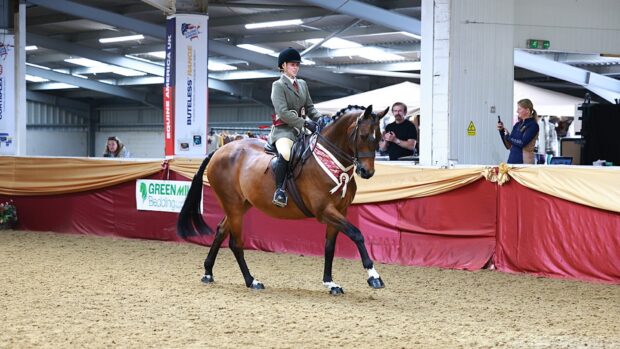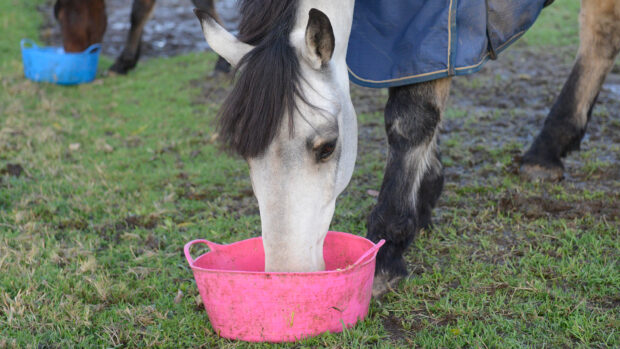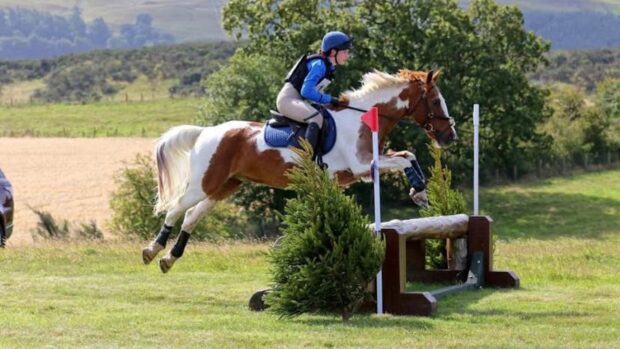Do horse owners fail to recognise problems affecting older horses?
This is the question raised by new research in which vets found high levels of untreated lameness, dental disease and respiratory problems in a sample of 200 horses aged 15 or older.
Dr Gina Pinchbeck of Liverpool University surveyed the owners of 918 such horses in the north-west and Wales, in a project funded by the Horse Trust. A vet inspected 200 of the horses, selected at random.
Dr Pinchbeck said: “We need to do more to educate horse owners and vets about the needs of geriatric horses, and how to recognise the signs of common illnesses that may affect them.”
Dr Pinchbeck said it can be difficult to distinguish between normal ageing and signs of disease, so regular veterinary visits are important to help detect health problems early.
She said it is a misconception that older horses do not need to be vaccinated.
“Owners sometimes think that because their geriatric horse doesn’t travel, it doesn’t need to be vaccinated,” she said. “But they often have other horses in the yard that do travel and could pass on disease.”
The care of geriatric horses will be the subject of a British Equine Veterinary Association (BEVA) professional development meeting in March.
BEVA president Dr Madeleine Campbell said: “Horses need more regular rather than less regular attention from the vet and farrier as they get older.
“Many veterinary practices offer an annual or six-monthly health-check service.
“Regular check-ups are an ideal way to ensure that any problems are identified and treated promptly.”
Roly Owers, chief executive of charity World Horse Welfare, also welcomed the research.
“The needs of a horse change as it ages,” he said. “But management should always include regular — at least annual — health checks by a vet.”
This article was first published in Horse & Hound (4 March, 10)



